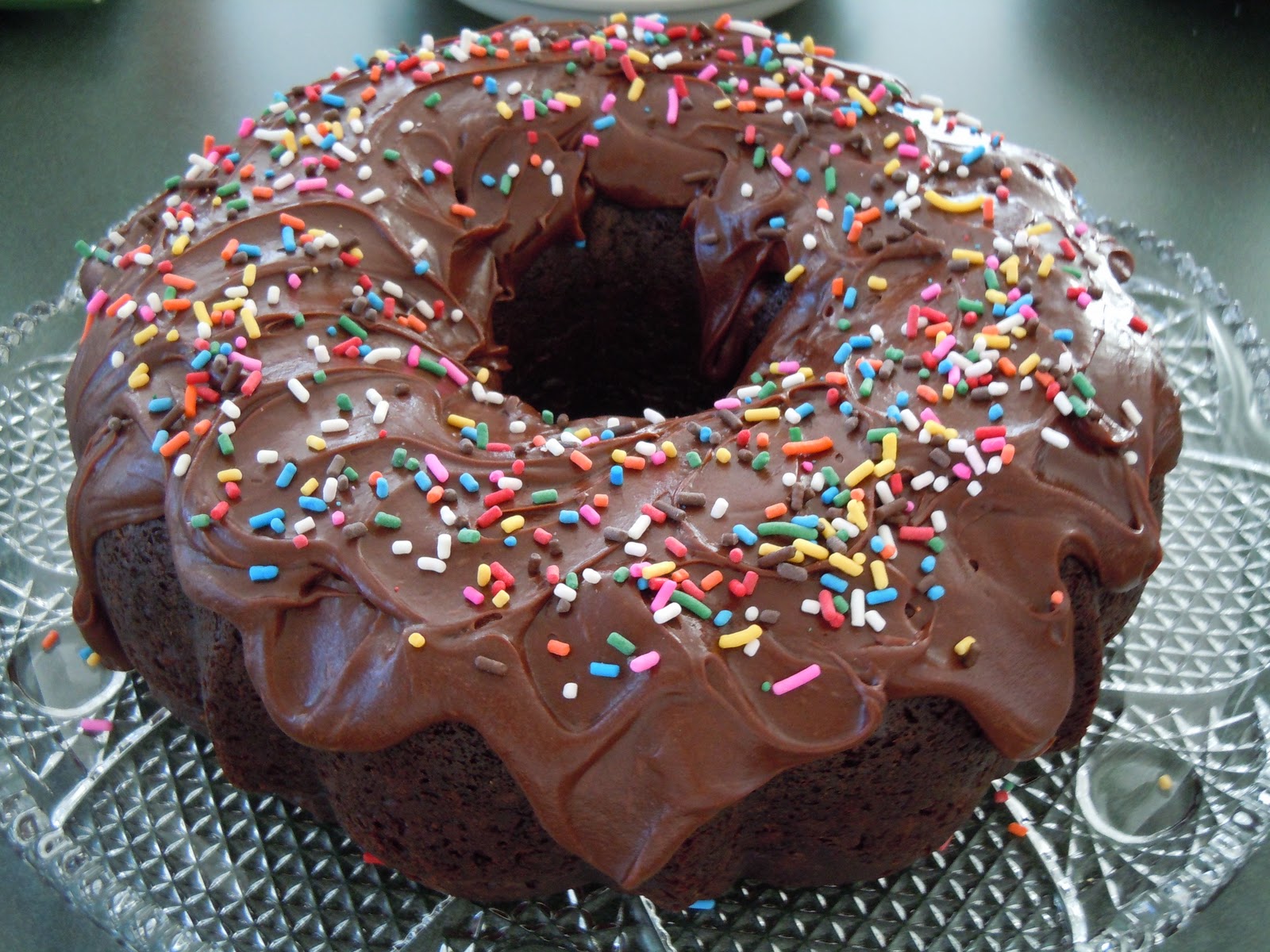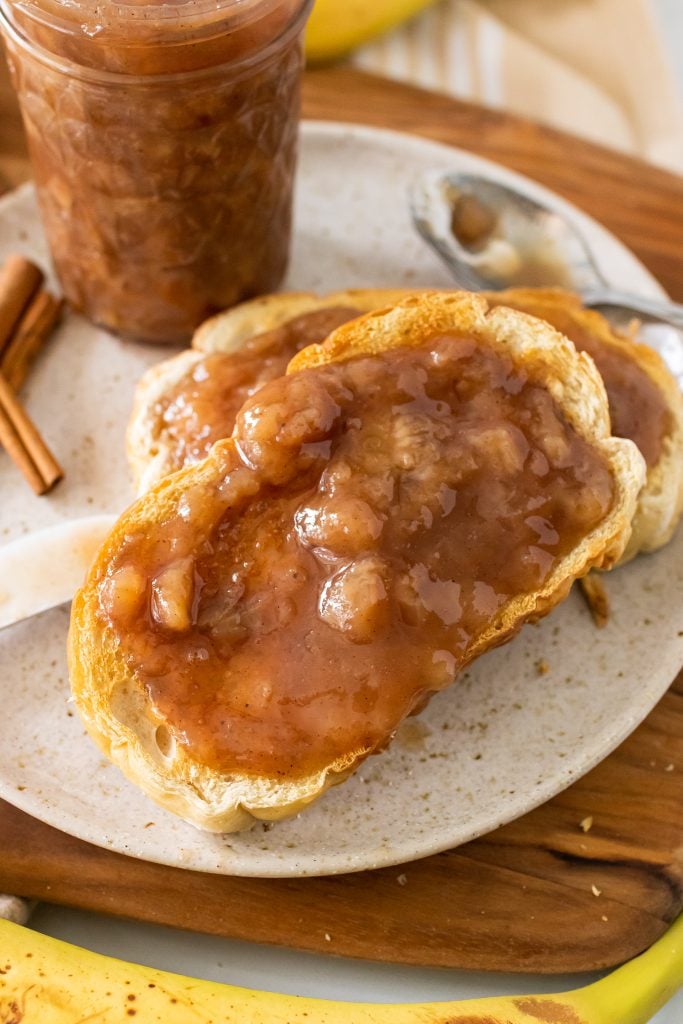Too Much Chocolate Cake: Risks, Recipe Tips, and Healthy Indulgence Strategies
Consuming more than a moderate portion of chocolate cake can be considered “too much”. Regular intake exceeding dietary recommendations can lead to an excess of sugar and calories. For instance, a single slice of chocolate cake contains about 352 calories and 40 grams of sugar. These excesses can increase the risk of weight gain, diabetes, and other health problems. If you frequently experience bloating, spiked blood sugar levels, or difficulty managing your caloric intake, you’re likely consuming too much.
Popular Variations
Various chocolate cake recipes tempt even cautious consumers. Some popular variations include:
- Classic Chocolate Cake: Features a rich, moist texture with simple ingredients like cocoa powder, sugar, and butter.
- Chocolate Fudge Cake: Contains layers of decadent fudge, enhancing the chocolate flavor and creaminess.
- Molten Lava Cake: Highlights a gooey, molten center, offering a unique and indulgent dessert experience.
- German Chocolate Cake: Incorporates a distinct coconut-pecan frosting, adding texture and sweetness.
- Black Forest Cake: Combines cherries and whipped cream with layers of chocolate cake, creating a delightful, fruity twist.
These variations, while delicious, often come with high sugar and calorie content, emphasizing the need for moderation.
Ingredients of Too Much Chocolate Cake
Key Ingredients That Define Its Richness
Too Much Chocolate Cake boasts a rich flavor and moist texture, relying on several key ingredients. Flour provides the structure; all-purpose flour is common but cake flour can make the cake tender. Sugar enhances sweetness, with granulated sugar often used for best results. Cocoa powder offers a deep chocolate flavor, with Dutch-processed cocoa providing an even richer taste. Eggs act as a binding agent. Butter or oil adds moisture and richness; unsalted butter is typical but vegetable oil can enhance moistness. Buttermilk or sour cream contributes tanginess and moisture. Baking soda and baking powder ensure the cake rises well. Vanilla extract amplifies all the flavors, creating a perfect balance.
Substitutes for Dietary Restrictions
Catering to dietary restrictions in Too Much Chocolate Cake can be simple with a few substitutions. For gluten-free options, replace all-purpose flour with gluten-free flour blends. Swap granulated sugar with coconut sugar or stevia for low-sugar alternatives. Use unsweetened applesauce or mashed bananas instead of eggs to make it egg-free. Substitute dairy ingredients like butter and buttermilk with vegan options such as almond milk or coconut oil. These modifications can maintain the cake’s rich flavor while adhering to various dietary needs.
By carefully selecting and substituting ingredients, you can customize Too Much Chocolate Cake to meet diverse dietary preferences, ensuring everyone enjoys this indulgent dessert responsibly.
Preparation Techniques
Tips for the Perfect Moist Texture
Achieving a moist texture demands the right blend of ingredients and techniques. Use buttermilk instead of regular milk for added moisture. Incorporate coffee into the batter to enhance the chocolate flavor without adding additional sweetness. Do not overmix the batter, to avoid a dense and dry cake. Measure ingredients accurately using kitchen scales rather than volume-based measurements for consistency. Preheat your oven to ensure even baking and use an oven thermometer to verify the temperature. Finally, consider adding yogurt or sour cream to the batter for extra moisture.
Common Mistakes to Avoid
Avoid common mistakes to ensure your chocolate cake turns out perfectly every time. Overbaking is a frequent issue that results in dry cake; check for doneness a few minutes early by inserting a toothpick into the center. Don’t overmix the batter, as it can lead to tough texture; mix just until the ingredients are combined. Skipping the sifting process can cause lumps; sift dry ingredients to achieve a smooth batter. Neglecting to grease and flour the pan can cause the cake to stick; always prepare your baking pans correctly. Make sure to measure your ingredients precisely, as incorrect quantities can affect the cake’s consistency and taste.
Health Implications
Caloric Content and Nutritional Info
Chocolate cake, especially in substantial amounts, contributes to high caloric intake. A typical slice (about 100g) contains approximately 350-450 calories due to ingredients like sugar, butter, and cocoa. High sugar content (20-30g per slice) increases the risk of diabetes and dental issues. Saturated fats from butter and eggs contribute to elevated cholesterol levels, potentially leading to heart disease. Consuming too much chocolate cake can therefore lead to weight gain and related health problems if it’s a significant part of your diet.
Balancing Indulgence with Health
Enjoying chocolate cake in moderation balances indulgence with health. To mitigate negative health effects, consider smaller portion sizes and occasional consumption rather than daily. Pairing chocolate cake with nutrient-dense foods like fruits or nuts can provide a balanced diet. Opting for healthier recipe variations, such as reduced-sugar or whole grain flour options, helps lessen the impact on overall health. By making mindful ingredient choices and maintaining portion control, you can enjoy this decadent treat while keeping health risks in check.
Serving and Presentation Ideas
Creative Ways to Serve
Enhance the appeal of chocolate cake with innovative serving techniques. Layering the cake with fresh fruits like strawberries, raspberries, or bananas adds color and a fresh flavor contrast. Dusting the top with powdered sugar, cocoa powder, or edible gold leaf makes it visually appealing. Create individual servings by cutting the cake into mini squares or circles.
For special occasions, consider serving chocolate cake as a trifle by layering it with whipped cream, chocolate mousse, and fruit in a glass dish. Use cookie cutters to make fun shapes for children’s parties, enhancing the presentation. For a unique twist, drizzle warm chocolate ganache over each slice before serving and add a dollop of whipped cream.
Pairing with Beverages
Choose complementary beverages to enhance the taste of chocolate cake. Coffee and espresso are classic choices, balancing the sweetness with their bitter notes. For a richer experience, pair with hot chocolate or a mocha. Servings of dark chocolate cake align well with red wines like Cabernet Sauvignon or Merlot, which have deep, robust flavors.
For a non-alcoholic option, consider pairing chocolate cake with milk, which softens the richness of the dessert. Unsweetened almond or oat milk cater to dietary restrictions and provide a creamy pairing. Green tea or herbal teas like peppermint and chamomile offer a refreshing contrast to the cake’s sweetness.
Conclusion
Enjoying chocolate cake doesn’t have to be a guilty pleasure if you approach it with balance and mindfulness. By moderating portion sizes and opting for healthier variations, you can savor the richness without compromising your health. Remember to get creative with your presentation and pairings to elevate your dessert experience. Whether it’s a special occasion or a simple treat, making informed choices ensures you can relish every bite responsibly.






